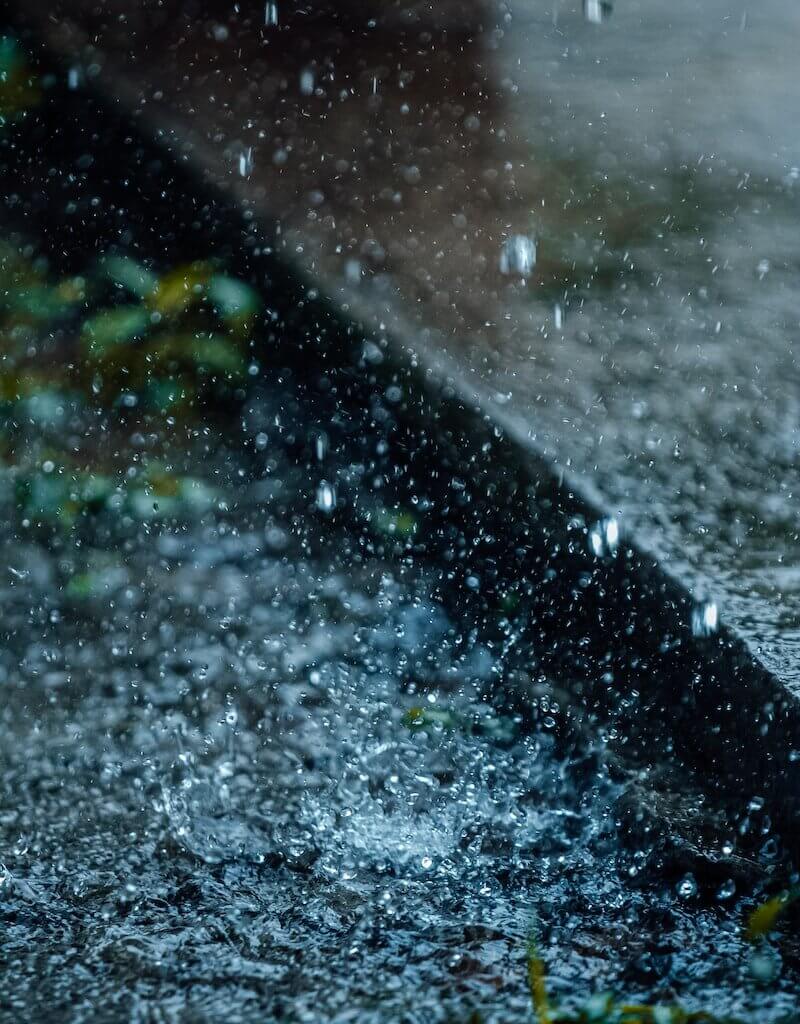Rainwater harvesting is an incredibly effective way to collect and store water for use in residential, agricultural, or commercial settings. By taking advantage of the natural process of rainwater collection, you can save both time and money while ensuring that your irrigation needs are met. In this article, I will outline 5 steps of rainwater harvesting so readers can get started on their own projects with confidence.
My expertise in the topic comes from years of working with organizations around the world who have implemented various forms of rainwater harvesting. From designing catchment systems to developing filtering methods, my experience has enabled me to create straightforward yet comprehensive plans for anyone interested in collecting rainwater.
In the following sections, I will walk you through each step of a successful rainwater harvesting project – from selecting your site location to using harvested water for irrigation – so that you can make sure it’s done right! Get ready to start building your dream system and take control over your water supply today!
Overview Of The Process
Rainwater harvesting is an ancient technique used to collect and store rainwater for later use. It can be a great way to reduce water bills, conserve natural resources, and improve the environment. The process begins by collecting the runoff from roofs or other surfaces into a storage container such as a cistern or tank. This stored rainwater can then be used in many different ways including irrigation, drinking, washing clothes, flushing toilets, and more. Rainwater collection systems vary greatly depending on the intended purpose of the system but all involve some form of filtration before being put to use. With proper maintenance and installation techniques, rainwater harvesting systems can provide clean and safe water for years to come. Now that you understand the basics of how it works let’s take a look at what goes into actually collecting rainwater.
Collecting Rainwater
Once you understand the process of rainwater harvesting, it’s time to move on to collecting the water itself. This is arguably one of the most important steps in this whole endeavor. Without proper collection methods, your efforts will be for naught.
The first step to successful rainwater collection is making sure that all surfaces where rain can land are clear and clean. If there are any debris or dirt present, they should be removed so that only pure, uncontaminated water is collected. Additionally, make sure gutters are properly installed and running smoothly so that no overflow occurs during storms. The best way to ensure this is by regularly cleaning them out at least once a year; more often if needed due to seasonal changes.
Finally, install some type of catchment system such as a tank or barrel with an appropriate filtration system attached to it in order to collect rainwater from roofs and other areas around your property. It’s important to keep these systems up-to-date and well maintained since even small leaks can cause major problems down the line when attempting to store harvested water for long periods of time.
With the right collection techniques in place, you’re now ready to move onto storing and utilizing your newly harvested rainwater!
Storing And Utilizing Rainwater
Storing and utilizing rainwater is an integral part of the harvesting process. Rainwater must be collected in a container that can hold it securely until it is used. This could include anything from large cisterns or tanks, to smaller containers like barrels or buckets. The material chosen for the storage container should prevent algae growth, as well as resist rusting and corrosion over time. It’s also important to consider safety measures when choosing a method for collection and storing rainwater.
Once rainwater has been collected, it needs to be filtered before use. A simple filtration system with sand and gravel layers will eliminate any dirt particles or other contaminants present in the water. An additional chlorine treatment may also be necessary depending on how long you intend to store the water for future use.
The harvested rainwater can then be used for a variety of purposes such as watering plants, flushing toilets, washing clothes, etc., making it a great source of fresh water supply throughout the year. With proper maintenance and upkeep of your rainwater harvesting system, you can ensure that your family will always have access to clean, safe drinking water whenever they need it!
Conclusion
I have outlined the five steps of rainwater harvesting that can help harvest and utilize this valuable resource. Collecting, storing, and utilizing rainwater is a great way to reduce water bills while also helping the environment by conserving water. It’s important to remember that all these steps must be done correctly in order for it to work properly.
First, you need to collect rainwater from rooftops, gutters, or other sources using appropriate collection methods. Then you need to store it securely in tanks or barrels so that it can be used when needed. The stored water should then be treated before use if necessary. Finally, you’ll want to make sure your system is efficient by optimizing its design for maximum efficiency.
By following these simple steps of rainwater harvesting, homeowners and business owners alike can reap the benefits of reduced water bills and improved environmental stewardship – all while saving time and money! Now go out there and start harvesting some precious rainwater!

